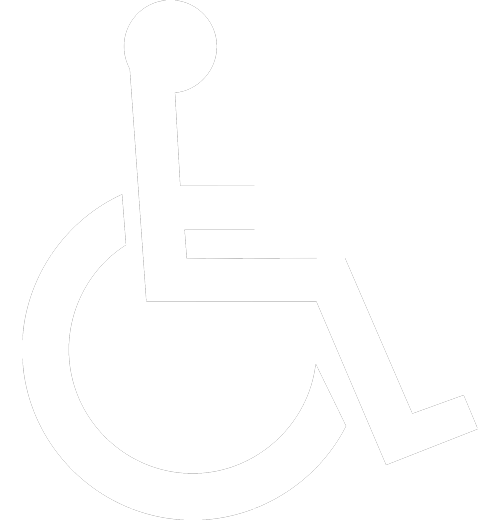Requirements to Drive for Uber or Lyft and the Benefits of Doing So
With the economy still recovering from a recession, people who have bills to pay are turning to positions they hadn’t considered before. Technology and the growing “gig economy” have made it easier than ever to pick up work on a per-job basis, and nowhere is this as evident as in the rideshare industry. Uber and Lyft have been making huge waves over the past few years, with many people making some good money on the side, or in some cases, using the services as their primary means of income. If that sounds interesting to you, read on about you can apply and why it might be worth it to you.
How Uber and Lyft Work
If you’ve never taken an Uber or Lyft before, you might be a little puzzled as to how it works. It’s actually quite simple, from both the driver and rider’s positions. Drivers set their own hours, and when they’re on the clock, they’ll be able to see requests from riders around their area. Drivers are free to pick up whatever jobs they care to drive, whenever they want, though nights and weekends can provide better rates.
How to Drive for Uber and Lyft
The rideshare system is pretty simple to understand, and likewise, it isn’t too difficult to get started driving for Uber or Lyft. In both cases, you simply send in some information, wait for approval, download the app, and you’re good to go. Despite the simplicity of the sign-up process, however, Uber and Lyft have some fairly strict requirements for you to start driving with them.
 Obviously, you need to have a driver’s license, but both rideshare services also require that your car be registered in your name and be a fairly new, non-salvaged vehicle. In some cases, if you aren’t able to meet these requirements, you may be able to lease a car through a partner service. Note that with both services, you’ll also have to pass a background check in order to drive. You can read more about each service’s requirements on the Uber website and Lyft website.
Obviously, you need to have a driver’s license, but both rideshare services also require that your car be registered in your name and be a fairly new, non-salvaged vehicle. In some cases, if you aren’t able to meet these requirements, you may be able to lease a car through a partner service. Note that with both services, you’ll also have to pass a background check in order to drive. You can read more about each service’s requirements on the Uber website and Lyft website.
Why You Should Consider Rideshare Driving
Lyft, and to a greater extent Uber, have made a large impact on the transportation industry. Because of their popularity, there are many customers, meaning there’s a large demand for drivers. While Uber and Lyft drivers stand to make money during busier hours such as nights and weekends, they can usually load up the app at any time, hop in the car, and start picking up customers. If you’re someone who wants a fairly well-paying job in which you can set your own hours, a rideshare job might be just the thing you’re looking for.
Other Things to Keep in Mind
Driving for Uber or Lyft isn’t always a walk in the park. Despite the straightforwardness of the services and the work, there are some things to keep in mind if you fancy yourself a rideshare driver. For one, drivers aren’t actually hired by either service; rather, they serve as contracted employees, so they’re completely responsible for their finances, including taxes. Another big issue that’s important to remember is that driving for a rideshare service requires you to pay for your own fuel. It also puts added wear and tear on your car, so you’ll also need to figure maintenance into your financials.
In the end, whether driving for Uber or Lyft is worth it to you depends on a few factors, including your car’s condition and your willingness to work odd hours. However, for many people who have an eligible car and are willing to make their hours, they usually find that the freedom of driving for a rideshare service is very much worth it.









Do you need full coverage insurance?
I think the ridesharing industry is absolutely brilliant for today’s modern society. Lately, I’ve been wondering about the requirements needed to work for lyft. Something I didn’t realize was that your car could not be a salvaged vehicle. These are some great things to consider when debating working for a rideshare company.